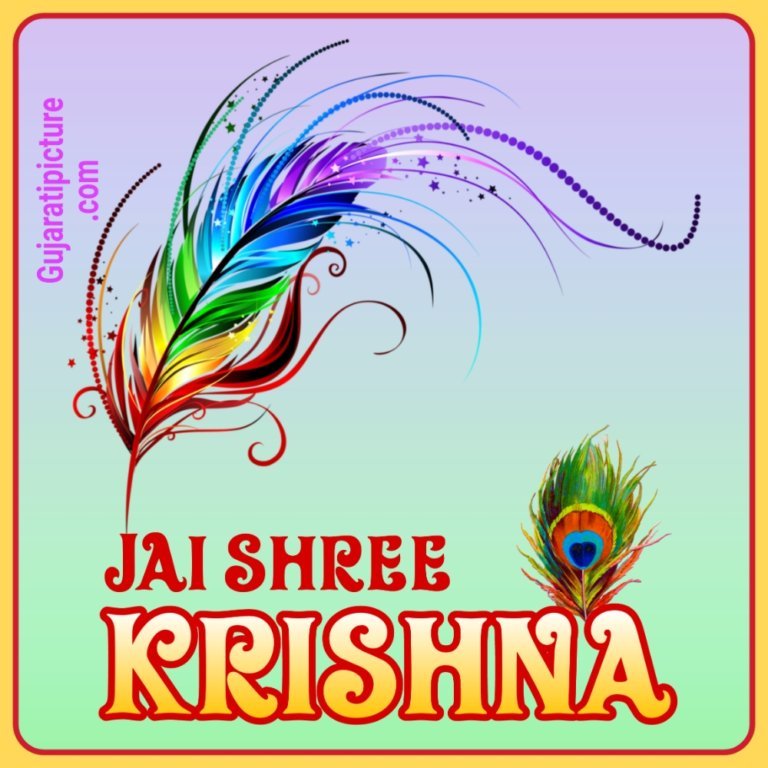

It is argued that the story of Rama offers a "very powerful imaginative formulation of the divine king as the only being capable of combating evil". The Ramayana became widely popular in the 16th century. The worship of Rama increased significantly in the 12th century, following the invasions of Muslim Turks. The traditional usage of "Jai" in a slogan was with " Siyavar Ramchandraji ki jai" ("Victory to Sita's husband Rama").

Photojournalist Prashant Panjiar wrote about how in the city Ayodhya female pilgrims always chant " Sita-Ram-Sita-Ram", while the older male pilgrims prefer not to use Rama's name at all. ( Sita or Siya is the name of Rama's consort.) "Rama" greetings have been traditionally used by people irrespective of religion. "Ram Ram", "Jai Ram ji ki" and " Jai Siya Ram" have been noted as common salutations in the Hindi heartland. "Jaya Sri Ram", along with "Jaya Sita Ram", "Jaya Ram" and "Sita Ram", were used as mutual salutations by Ramanandi ascetics (called Bairagis).

Ram (or Rama) is a major deity in Hinduism. Jai Shri Ram means "hail Lord Ram" or "victory to Lord Ram". The slogan has since been employed in connection with the perpetration of communal violence against people of other faiths. The expression was used by the Indian Hindu nationalist organisations Vishva Hindu Parishad (VHP), Bharatiya Janata Party (BJP) and their allies, which embraced the slogan in the late 20th century as a tool for increasing the visibility of Hinduism in public spaces, before going on to use it as a battle cry.

The proclamation has been used by Hindus as an informal greeting, as a symbol of adhering to Hindu faith, or for projection of varied faith-centered emotions. Jai Shri Ram ( IAST: Jaya Śrī Rāma) is an expression in Indic languages, translating as "Glory to Lord Rama" or "Victory to Lord Rama".


 0 kommentar(er)
0 kommentar(er)
